We talk to ON3P founder, Scott Andrus, about the 19/20 ON3P lineup, building skis for Michael Jordan & Tinker Hatfield, and more — and we break quite a bit of news along the way.
TOPICS & TIMES:
- ON3P’s 10-yr anniversary & the ON3P name (2:41)
- Building custom ON3Ps for Michael Jordan & Tinker Hatfield (5:22)
- Wrenegade Lineup (12:00)
- Metal Wrenegades (13:18)
- Metal Jeffrey & Woodsman?? (18:30)
- ON3P Touring Skis (19:22)
- How Scott’s trying to help people understand skis specs better (21:04)
- Jeffery and Jessie Lineups (23:30)
- Mount Points, Part 1 (26:24)
- Woodsman Lineup (29:21)
- Mount Points, Part 2 (31:55)
- Sidecut Radius: why it does — and doesn’t — matter (36:08)
- ON3P custom skis (40:35)
- Scott’s Random Review selection for us (43:02)
Listen to GEAR:30 on Your Favorite Podcast Player:
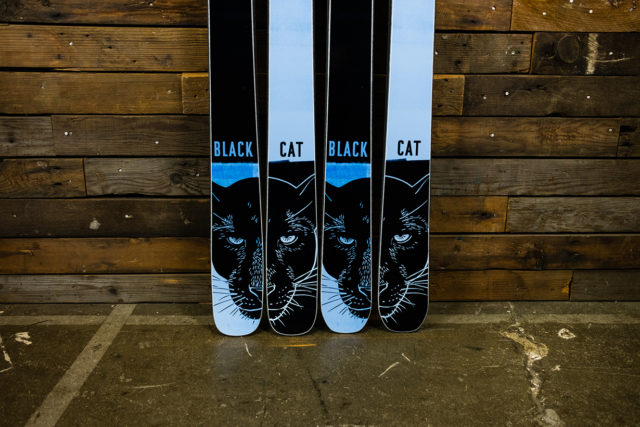

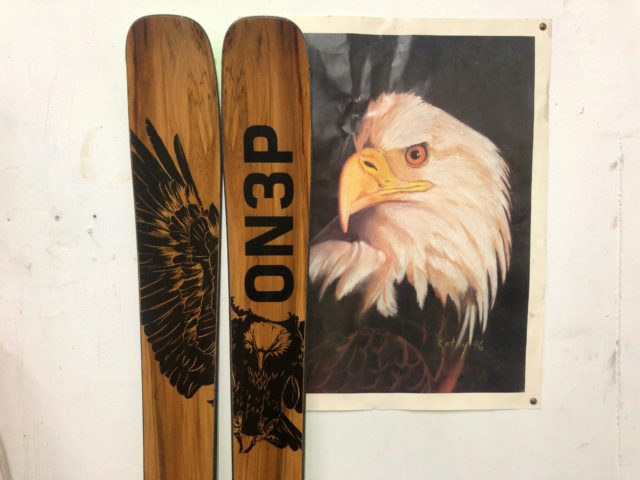
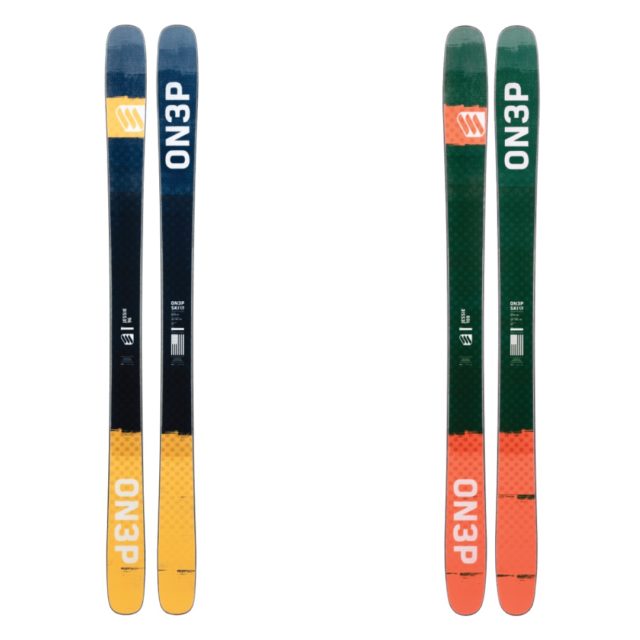
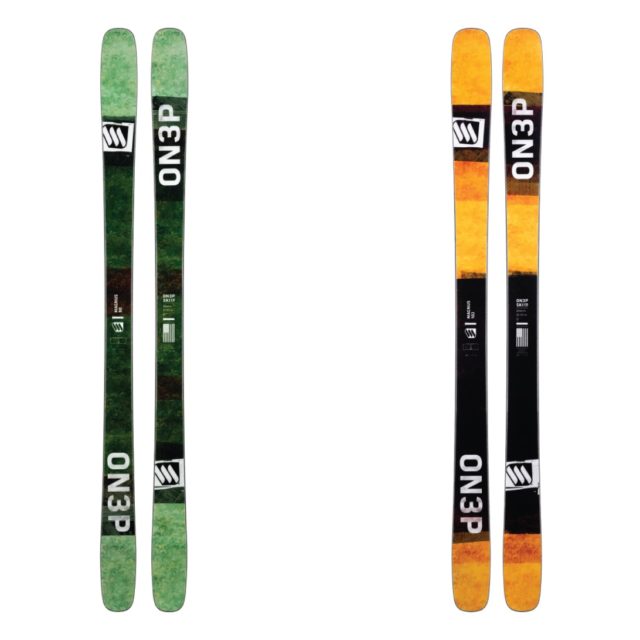
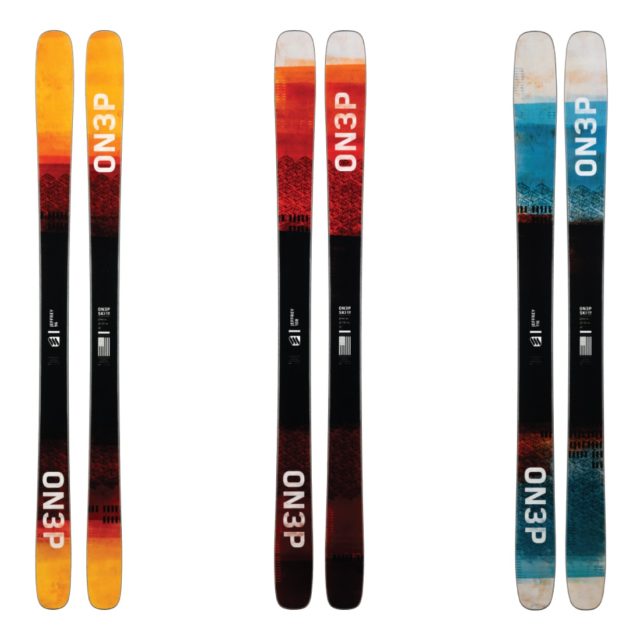
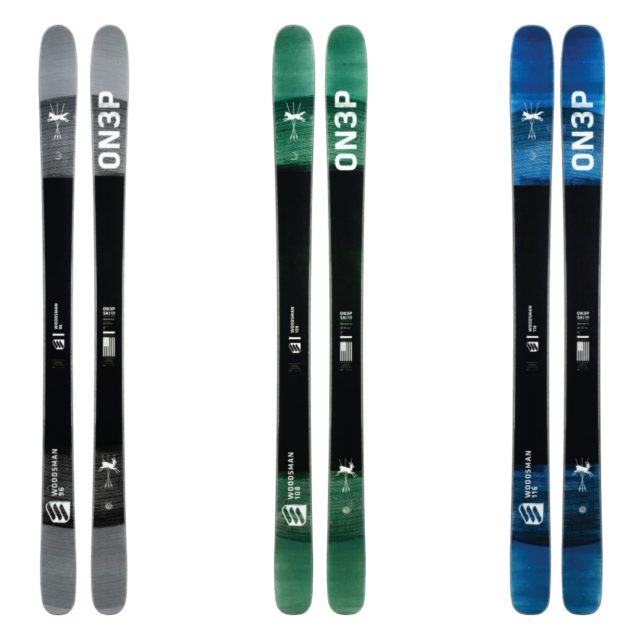
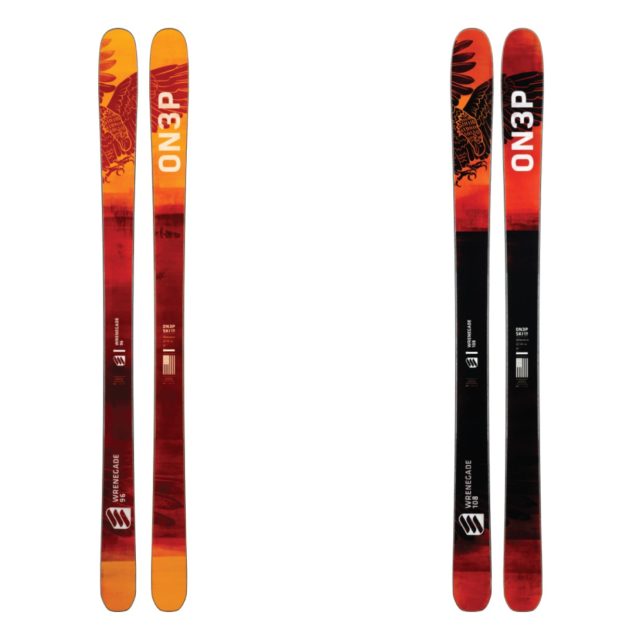
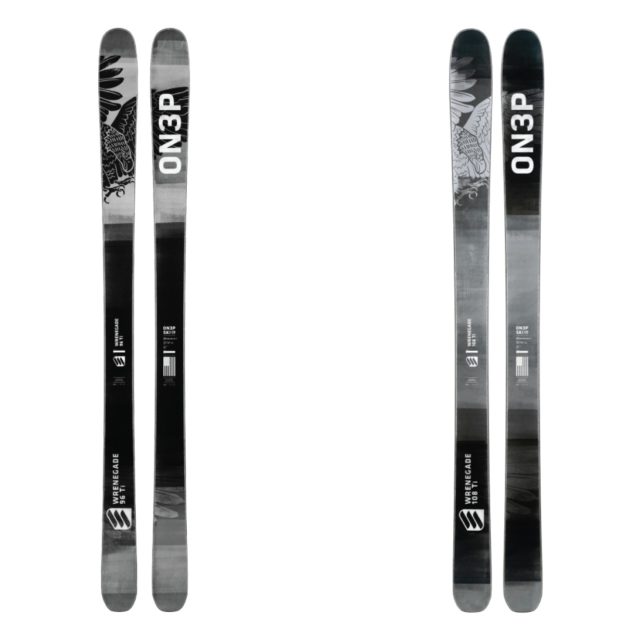
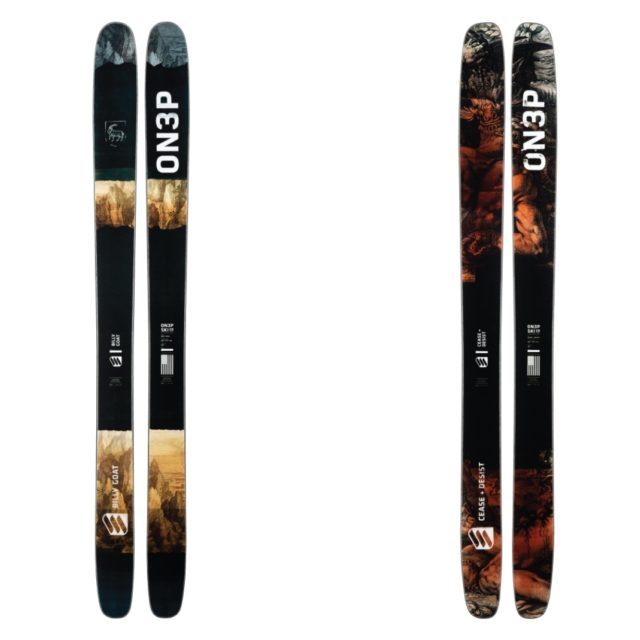

The Woodsman 108 demo was exceptional, could definitely be a contender for your best-of section next year. Eager to see how it stacks up with the Wildcat 108.
The motivation for the “in house” question is that it’s my understanding that some other makers have gone outside for metal-laminate skis in particular.
For example I believe that Jason Levinthal has said (perhaps even on your podcast?) that Line encountered serious delam issues when they tried to build their initial metal-laminate skis on their own presses, and that they were greatly helped by having access to Karhu’s factory and manufacturing people (IIRC) when it came time to produce saleable skis. The fact that metal laminates are more difficult to produce is widely understood, and I believe that I’ve heard similar stories involving other manufacturers, though can’t remember which offhand.
I’m very aware of ON3P’s history, having followed Scott back in his TGR/skibuilder days. Plenty of makers have started out like that but later ended up sending designs to larger factories before making the leap from fiberglass laminates, though.
Thinking about this some more, ON3P did something very smart to mitigate the known adhesion difficulties with Aluminum alloys. Scott mentioned it, but I wanted to throw out a couple more remarks:
The problem in brief is that epoxy doesn’t stick to Aluminum. You can improve matters via phosphoric acid anodization treatment, but that’s a touchy process in itself and even so it’s nowhere near as good as wood/epoxy adhesion or what you get by using epoxy as a matrix in glass/carbon. Traditional “racing laminates” run the Titanal from edge-to-edge above/below the sidewalls, and the resulting exposed seams are usually where delam starts. By embedding the Titanal in milled recesses in the core ON3P provides a continuous wood/epoxy/glass perimeter around the Titanal and (as Scott said) eliminates that external seam. I would bet money that’s part of why they didn’t have significant issues as others have (though I’m also convinced by this point that ON3P runs a better factory than most, and their CNC core shaping is why they can recess the metal). They aren’t demanding as much integrity from the epoxy-Al interfaces as a traditional construction would.
The reason they can do that is also interesting (to me. It’s probably obvious to everybody else). The reason the Titanal in racing skis runs edge-to-edge is to maximize torsional stiffness, because the material at the very edges contributes disproportionately more to torsional than to lengthwise stiffness (polar vs bending moments blah blah). You don’t need to and probably don’t want to optimize torsional stiffness to that extent in a ski like the Wren where you’re mostly adding the metal for damping. Also wider skis tend to have a lot of torsional stiffness to start with (polar vs bending moments again) and sometimes need to be dialed back if anything. ON3P aren’t the first to recognize the opportunity to profile the metal layer in the across-ski direction (See: Mindbender, Mantra, The Metal, etc) but this is the first time it’s gotten through my thick skull that there’s a durability/manufacturability benefit to be had.
I’m also not surprised that the metal Wrens are slightly lighter. High-end Aluminum alloys like Titanal and its close relative Al-7068 are fairly competitive with glass (though not carbon) in terms of stiffness-to-weight. I think that the reason people believe otherwise is because metal is typically used in stiffer/burlier skis, and they don’t realize that those skis wouldn’t be any lighter if built to the same flex pattern (both longitudinal and torsional) with glass.
BTW Dead-Alive (aka Braindead) is regarded by some as the apex of practical-effects splatter horror. Bring on the promised GEAR30 review.
They made some change in the Jeffrey108 with respect to the Kartel 108., or only the graphics
looking forward to the Woodsman 108 review, very interested in this ski.